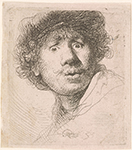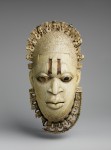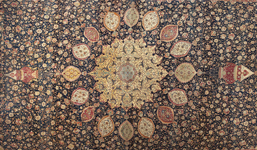
Greek, Victorious Youth, 300-100 BCE, Getty Villa, Malibu (Digital image courtesy of the Getty’s Open Content Program)
This week the J. Paul Getty Museum joins a growing list of institutions that have decided to remove all restrictions to the use of images of art works in their collections. The Getty’s Open Content Program was announced on Monday, making available an initial group of nearly 4,700 high-resolution digital images of objects from its locations in Los Angeles and Malibu, California. More images, including ones from the Getty Research Institute and the Getty Conservation Institute, will eventually also be added.
You can browse all Open Content images here, or search for particular works on the Getty’s website. A download button will appear under the thumbnail of any images that are part of the Program. You will be asked to provide some very generic information about who you are and what you’ll be using the image for (more specific information is required if you plan to publish it). But aside from that, you are generally free to use the image for any purpose, as long as you simply credit the Getty as the source of the image, as in the caption at left. And all of these images are made available free of charge. You can read more about the Getty’s Open Content Program at the following links:
The J. Paul Getty Museum holds outstanding collections of Greek and Roman antiquities, Medieval manuscripts, European paintings and drawings, decorative arts, and photographs.
Note: Please do not confuse the J. Paul Getty Museum’s Open Content images with Getty Images, a for-profit stock photo company with no connection to the Museum or any other part of the Getty Trust.








